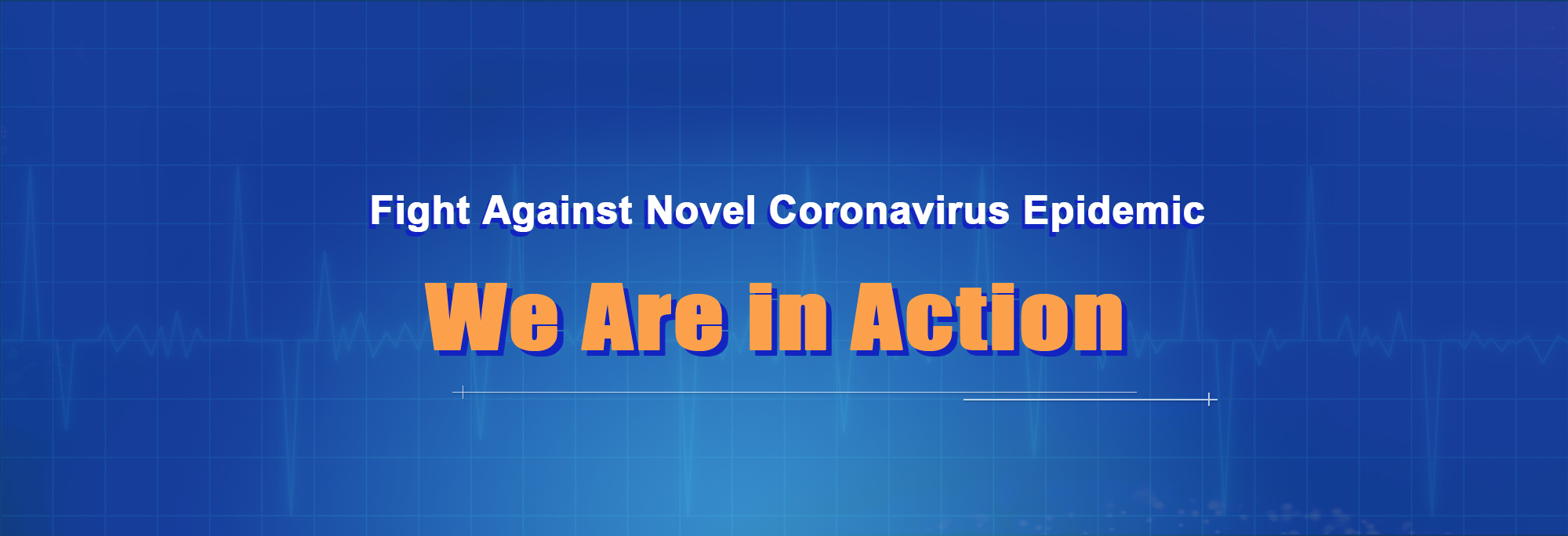
China's 10 Measures to Combat Epidemic — WHO-China Report
"In the face of a previously unknown virus, China has rolled out perhaps the most ambitious, agile and aggressive disease containment effort in history," reads the Report of the WHO-China Joint Mission on Coronavirus Disease 2019 (COVID-19).
The following are 10 measures China has taken to combat the novel coronavirus outbreak, according to the report.

A news conference is organized by the State Council Information Office in Wuhan, Central China's Hubei Province, on February 28, 2020. [Xinhua]
Monitoring and Reporting
COVID-19 was included in the statutory reporting of infectious diseases, and plans were formulated to strengthen diagnosis, monitoring and reporting.
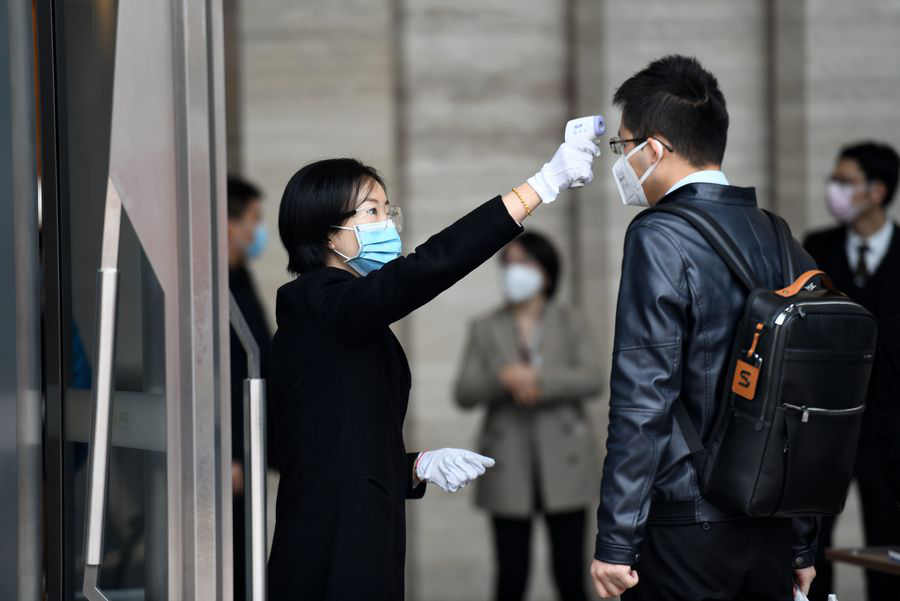
A staff member measures the temperatures of people entering Ping'an International Financial Center in Shenzhen, South China's Guangdong Province, on February 10, 2020. [Xinhua]
Strengthening Ports of Entry and Quarantine
The customs authorities launched an emergency plan for public health emergencies at ports across the country, and restarted the health declaration card system for entry and exit into cities, as well as strict monitoring of the temperature of entry and exit passengers.
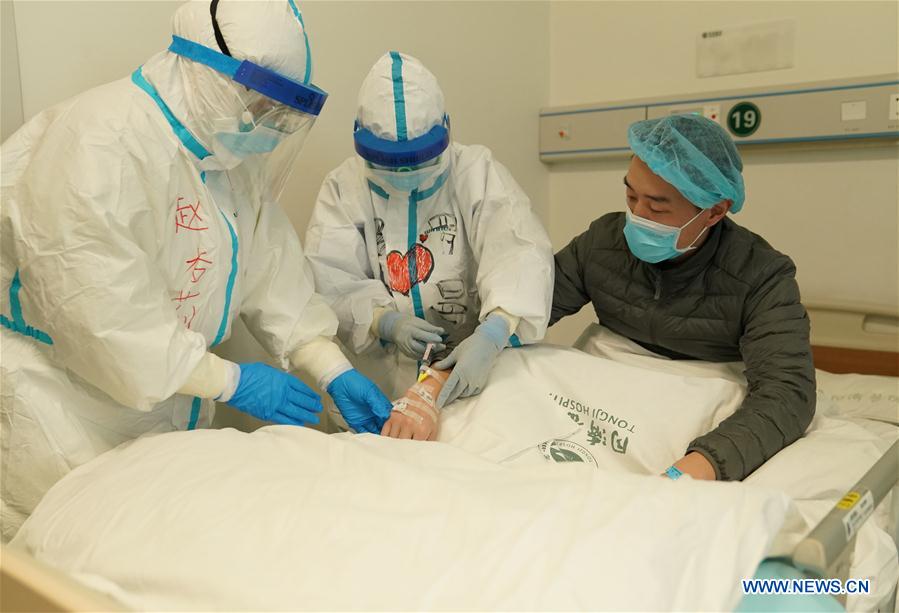
Medical workers inject medicine for Li Zuofan (R) at an intensive care ward of the novel coronavirus infection cases at a branch of Tongji Hospital affiliated to Tongji Medical College of Huazhong University of Science and Technology in Wuhan, Central China's Hubei province, February 18, 2020. [Xinhua]
Treatment
For severe or critical patients, the principle of "Four Concentrations" was implemented: i.e. concentrating patients, medical experts, resources and treatment into special centers.
All cities and districts transformed relevant hospitals, increased the number of designated hospitals, dispatched medical staff and set up expert groups for consultation so as to minimize mortality of severe patients.
Medical resources from all over China have been mobilized to support the medical treatment of patients in Wuhan.
Epidemiological Investigation and Close Contact Management
Strong epidemiological investigations are being carried out for cases, clusters and contacts to identify sources of infection and implement targeted control measures, such as contact tracing.
Social Distancing
At the national level, the State Council extended the Spring Festival holiday in 2020, all parts of the country actively canceled or suspended activities like sporting events, cinema and theatre, and schools and colleges in all parts of the country postponed re-opening after the holiday.
Enterprises and institutions have staggered their return to work.
Transportation departments set up thousands of health and quarantine stations in national service areas, and in entrances and exits for passengers at stations.
Hubei Province adopted the most stringent traffic control measures, such as suspension of urban public transport, including subway, ferry and long-distance passenger transport.
Every citizen has to wear a mask in public.
Funding and Material Support
Payment of health insurance for patients with the disease was taken over by the state, as well as work to improve accessibility and affordability of medical materials, provide personal protection materials and ensure basic necessities for affected people.
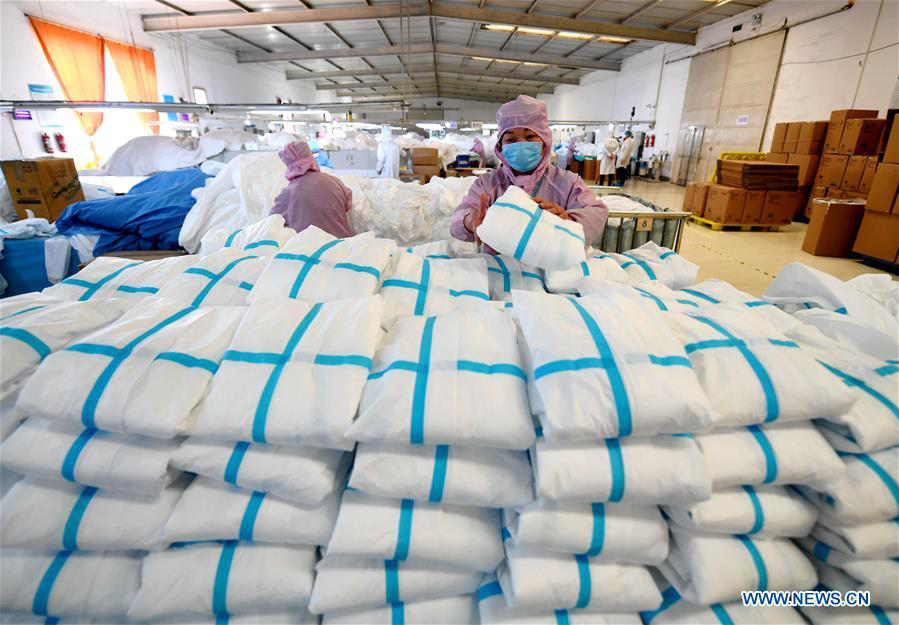
Workers arrange protective suits at a workshop in a company in Ningjin County, North China's Hebei Province, February 12, 2020. Many local companies producing protective suits have rushed to work to meet the increasing need of medical material after the novel coronavirus outbreak. [Xinhua]
Emergency Material Support
The government restored production and expanded production capacity, organized key enterprises that have already started to exceed current production capacity, supported local enterprises in expanding imports and used cross-border e-commerce platforms and enterprises to help import medical materials and improve the ability to guarantee supplies.
International and Interregional Cooperation and Information Sharing
From January 3, information on COVID-19 cases has been reported to the WHO daily.
Full genome sequences of the new virus were shared with the WHO and the international community immediately after the pathogen was identified on January 7.
On January 10, an expert group involving Hong Kong, Macao and Taiwan technical experts and a World Health Organization team was invited to visit Wuhan.
A set of nucleic acid primers and probes for PCR detection for COVID-19 was released on January 21.
Daily Updates
The National Health Commission announces the epidemic situation every day and holds daily press conferences to respond to emerging issues.
The government also frequently invites experts to share scientific knowledge on COVID-19 and address public concerns.
Social Mobilization and Community Engagement
Civil society organizations (community centers and public health centers) have been mobilized to support prevention and response activities.
The community is fully participating in the management of self-isolation and enhancement of public compliance.
Community volunteers are organized to support self-isolation and help isolated residents at home to solve practical life difficulties.
Measures were taken to limit the movement of the population through home-based support.
(Source: chinadaily.com.cn)
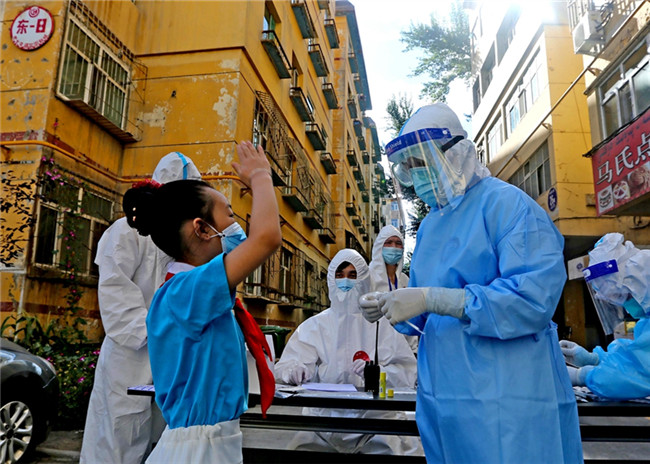 Women Medics in NW China's Xinjiang Contribute to COVID-19 Epidemic Containment
Women Medics in NW China's Xinjiang Contribute to COVID-19 Epidemic Containment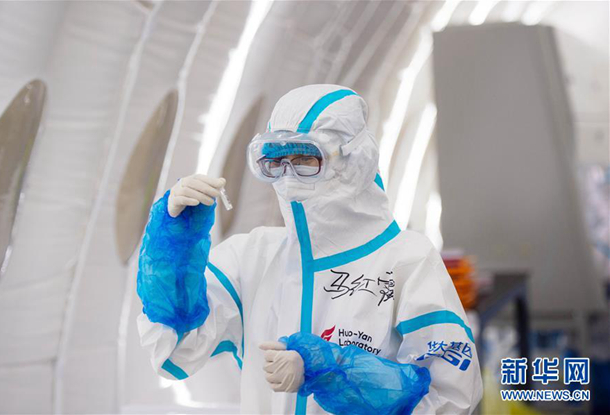 Women CPC Members on Front Line of Anti-COVID-19 Battle in Beijing
Women CPC Members on Front Line of Anti-COVID-19 Battle in Beijing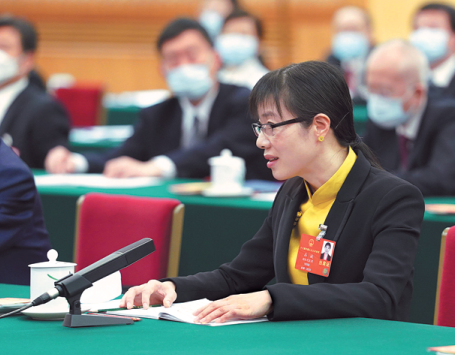 Deputy Recalls Role in COVID-19 Fight
Deputy Recalls Role in COVID-19 Fight- Woman Epidemiological Researchers Race Against the Clock on Front Line
 Pic Story of Nurse Who Aided COVID-19 Fight in Wuhan
Pic Story of Nurse Who Aided COVID-19 Fight in Wuhan Volunteer Provides Milk Tea, Back up Anti-Epidemic Workers in NE China
Volunteer Provides Milk Tea, Back up Anti-Epidemic Workers in NE China

 京公网安备 11010102004314号
京公网安备 11010102004314号